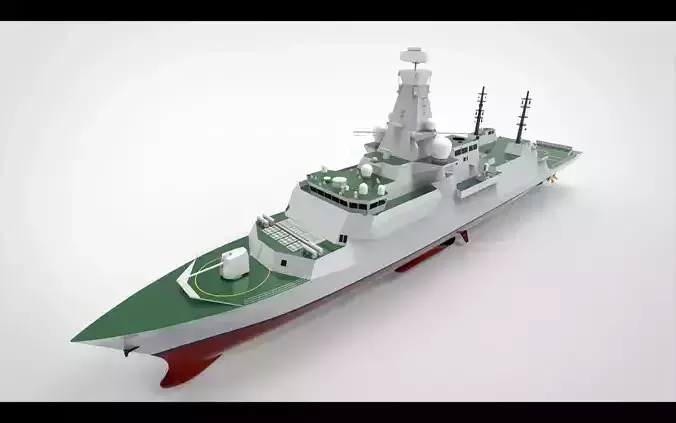1/8
In different eras, the roles and capabilities of ships classified as frigates have varied. In the 17th to early 18th centuries the term 'frigate' was loosely given to any full-rigged ship built for speed and maneuverability and intended for scouting, escort or patrol. By the second quarter of the 18th century, what is regarded as the 'true frigate' was developed in France and subsequently copied by other navies. This type of vessel was characterised by a long sleek design with a single gun deck of 28 and 36 cannons, and an unarmed deck below used for berthing the crew.
In the mid-nineteenth century the definition of frigate was expanded to include the early ironclad warships, which also had a single gun deck. However, later developments in ironclad ships rendered the designation obsolete and the term fell out of favour in navies worldwide.
The term was reintroduced in the Second World War to describe a seagoing escort ship of intermediate size between a corvette and a destroyer. After the war, this definition has gradually expanded to include many different kinds of vessels, from large ocean-going anti-submarine warfare ships to corvettes, destroyers, and nuclear-powered guided-missile cruisers
REVIEWS & COMMENTS
accuracy, and usability.








